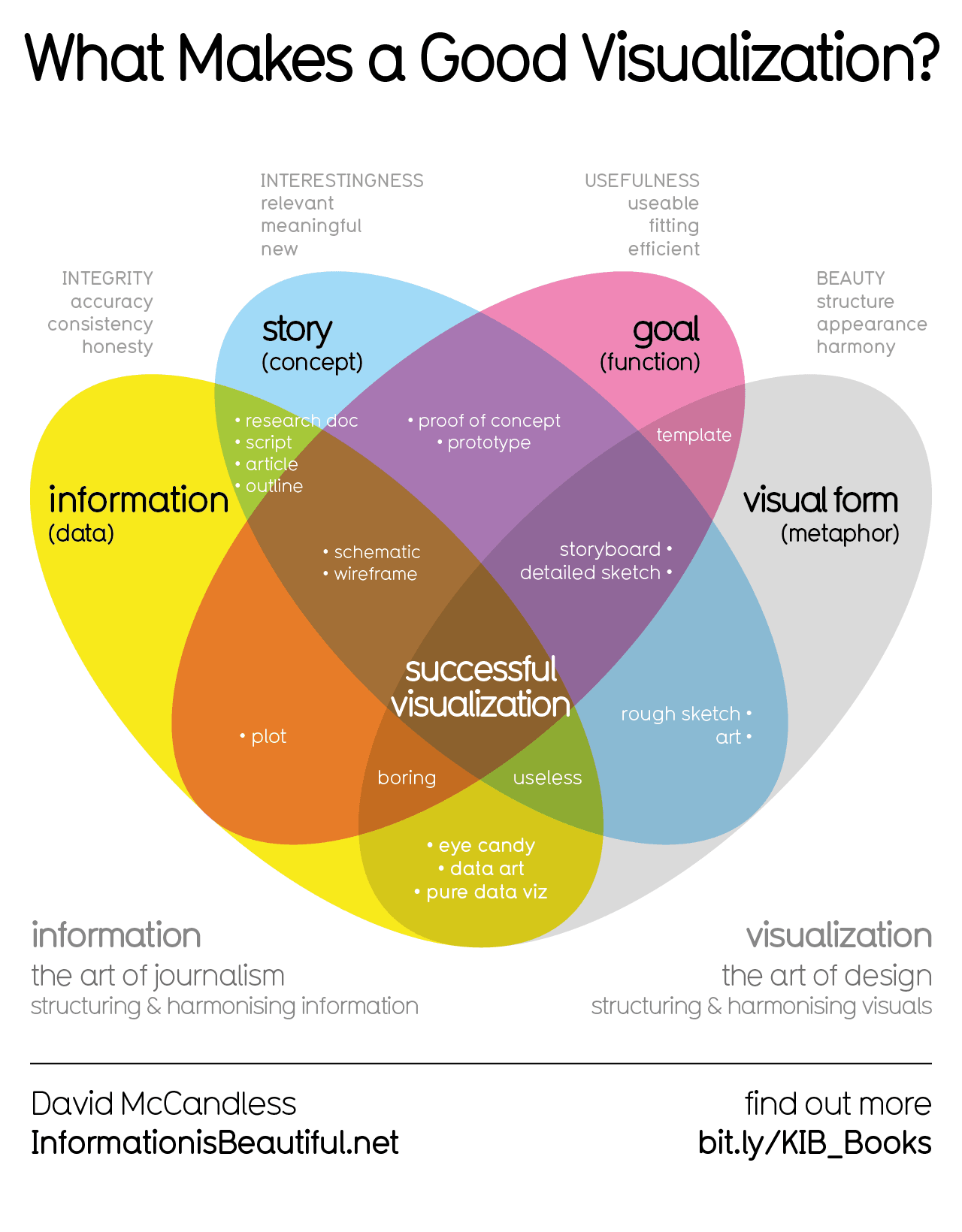

No, that’s just bloat feelings


No, that’s just bloat feelings


Microsoft has nothing to do with this. This is entirely on Crowdstrike.


It’s incredible how an issue of this magnitude didn’t get discovered before they shipped it. It’s not exactly an issue that happens in some niche cases. It’s happening on all Windows computers!
This can only happen if they didn’t test their product at all before releasing to production. Or worse: maybe they did test, got the error, and they just “eh, it’s probably just something wrong with test systems”, and then shipped anyway.
This is just stupid.


That doesn’t solve anything. Linux is also subject to cyberattacks.


What’s your solution to cyberattacks?


Not really. This isn’t a Windows problem. This is a faulty software problem. People can write faulty software on Linux too.
Fortunately for you, most universities in the world offer a similar computer science curriculum as the ones in US.
Not sure about English department though.
GPL can prevent the linking of external and non-free third party libraries. It can add an increased legal complexity to the code base. It’s difficult for MIT licenses to have that “clashing” between licenses.
There are variations to GPL that allow the linking of non-free third party libraries. Either way, consult your lawyer before using GPL code.


That’s my interpretation too.
Newer cities tend to be more grid like. Older European cities tend not to follow a grid.


People who are capable of installing Linux are probably already aware of it. Most people when they buy a laptop is to have something that just works out of the box. Just open the laptop lid and it’s welcoming you with the setup process. Telling them how to install a live USB is already too much information.


Cryptocurrency or not, I don’t think posts should be monetized. This is mostly a platform for discussion. People shouldn’t be paid just for discussing with each other. People should discuss because they find the topic fun or interesting, not because someone will pay you to do it.
I can give some guesses on 2.
The title is maybe a bit misleading, but I agree with the post. Everyone has encountered that type of code no one wants to work with.


X11 was originally built when computer monitors were commonly monochrome. It’s quite amazing it has lasted this long.
I remember those nights configuring compiz to perfection. It had amazing look and feel. It was a sight to behold.
Then I realized how useless it was and reverted it all to standard 2D workspaces.


Not yet. Biggest dealbreaker for me is screen sharing not working in Slack, which I need for work. Once that’s no longer an issue I will be more inclined to make the move. Given that plasma is becoming the default choice for distros, I hope Slack devs will make this a priority.
What I look forward the most with Wayland is actual support for fractional scaling. I think fractional scaling is required for a pleasant experience when using high dpi monitors, but Slack screen sharing has higher priority for me.


Nice to see some effort in fixing some of the X11 regressions. I’m not able to make the jump to Wayland just yet.


Don’t only blame the algorithm. The users are to blame as well. People tend to click on these thumbnails more. It’s a clickbait technique and it works.
This is not necessarily true. Linux had trouble with Nvidia Optimus, which is a GPU technology that seamlessly switches between power modes. Well, that is if it works properly, which it didn’t for Linux. I haven’t heard it in a while, so I assume it’s not a problem now anymore.
But it was a big problem where Linux laptops drained batteries much faster because they were using the GPUs at max capacity at all times.
What I’m saying is that the efficiency of Linux depends on access to hardware features, and that might depend on the vendors of the drivers.
Also, like it or not, if there’s one thing I envy about Mac is its power efficiency. They usually last really long on one charge.